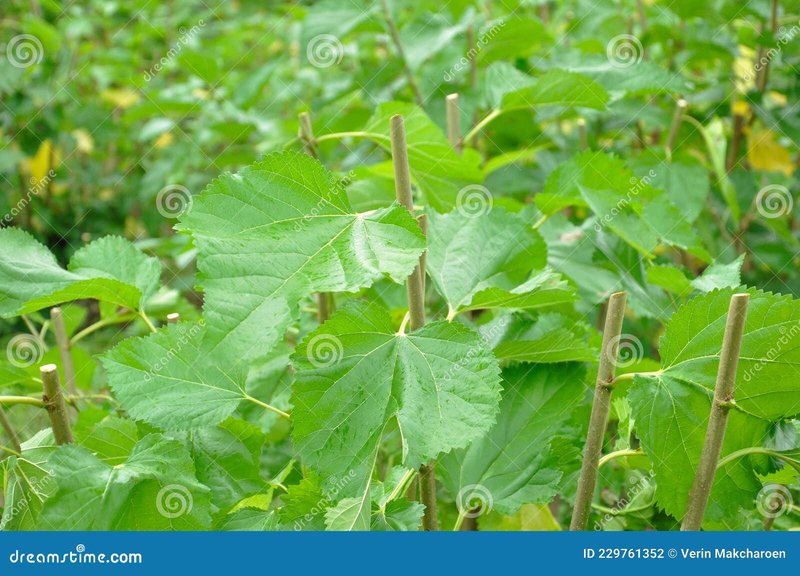
Preparing mulberry leaves for silkworm feeding might seem daunting at first, but it’s all about understanding the needs of your little silkworm buddies. Think of them like culinary connoisseurs who only appreciate perfectly fresh ingredients. This guide will walk you through the steps to ensure your silkworms get the best nutrition, making the whole experience rewarding for both you and your minuscule pets.
Understanding Silkworm Nutrition Needs
Before we get into the nitty-gritty of preparing mulberry leaves, let’s discuss why they’re so crucial for silkworms. Silkworms, known scientifically as *Bombyx mori*, primarily feed on the leaves of mulberry trees. But it isn’t just about any old leaf; these leaves need to be fresh and free from pesticides. Just like you wouldn’t want to eat food that’s gone bad, silkworms thrive when given high-quality, nutritious leaves.
You might be wondering, “What makes these leaves so special?” Well, mulberry leaves contain a perfect blend of proteins, carbohydrates, and other nutrients essential for the silkworm’s growth. When properly cared for, these leaves can help silkworms reach their full potential, resulting in better silk production. So, we’re not just gathering leaves — we’re setting the stage for the amazing transformations that our silkworms will undergo.
Gathering Fresh Mulberry Leaves
The first step in preparing mulberry leaves is sourcing them. If you’re lucky enough to have mulberry trees nearby, you can simply collect the leaves. Look for shiny, green leaves that are clean and free from holes or browning. It’s essential to pick leaves early in the morning, when they are still crisp and full of moisture.
If you don’t have access to mulberry trees, many local nurseries or garden centers sell them. You might also find them in specialty stores that focus on exotic or organic produce. Make sure to choose leaves that haven’t been treated with pesticides, as these can harm your silkworms. Remember, you want the best for your little silk-makers!
Washing and Cleaning the Leaves
Once you have your fresh mulberry leaves, the next step is washing them. This is an important process that removes any dirt, bugs, or potential contaminants. Start by rinsing the leaves under cool, running water. Gently rub each leaf to ensure you’re getting rid of any unwanted particles.
Once washed, it’s a good idea to check for any discolored or damaged leaves. These can be removed and discarded because they won’t provide the nutrition that healthy leaves will. After rinsing, lay the leaves flat on a clean towel or paper towel for a few minutes to let the excess water drip off. You want to make sure they’re not too soggy when it’s time to feed the silkworms!
Cutting Leaves to the Right Size
After your leaves are washed and dried, let’s talk about cutting them. Ideally, you want the leaves to be around 2-3 inches in size — manageable for the silkworms to eat, but not too small that they lose nutritional value. Think of it like slicing veggies for a salad; you want them in bite-sized pieces to make it easy to munch on.
Using clean scissors, cut the leaves carefully. Try to avoid tearing them, as this can make them harder for the silkworms to eat. As you cut, place the pieces in a clean container that has enough airflow. You want to keep them fresh until it’s time for feeding, so avoid sealing them tightly.
Storing Mulberry Leaves for Freshness
Now that you’ve got your freshly cut leaves, storage is key! If you’re not feeding your silkworms immediately, you’ll want to store the leaves properly to keep them fresh for as long as possible. A good method is to use a plastic container lined with a damp paper towel. This will help keep the moisture in without soaking the leaves.
Keep the container in a cool, dark place — the fridge is usually a great option. Just remember, you’ll want to use the leaves within a few days, as they start to wilt and lose their nutrients over time. You wouldn’t want to eat old food, and your silkworms feel the same!
Feeding Your Silkworms
Once you’re ready to introduce the mulberry leaves to your silkworms, it’s time for the fun part. Start by placing the fresh leaves in their feeding container. Make sure to offer enough leaves based on the number of silkworms you have. They love to munch, and it’s important they have plenty to eat!
Observe your silkworms as they start to chow down. You’ll notice how quickly they devour the leaves, which can be quite a sight! Just like any other pet, you want to keep an eye on how much they’re eating. If they seem to be finishing their meals quickly, it might be a good idea to offer more leaves regularly throughout the day.
Common Problems and Troubleshooting
Even with the best intentions, you might run into a few hiccups while feeding mulberry leaves to your silkworms. One common issue is wilting leaves. If your leaves start to look droopy or brown, it’s time to toss them and replace them with fresh ones. Silkworms aren’t picky, but they do need good quality nutrition!
Another potential problem is if your silkworms aren’t eating as much as expected. This could happen for various reasons, such as temperature or humidity levels being off. Silkworms thrive in warm, humid environments. Make sure their habitat is kept around 70°F to 80°F for optimal feeding.
Preparing mulberry leaves for silkworm feeding doesn’t have to be complicated. With a little attention to detail, you can provide your silkworms with the best nutrition possible. It’s really about understanding their needs and making sure the leaves are fresh and clean.
Remember, just like any pet, your silkworms rely on you to provide them with the right environment and food. So go ahead, gather those leaves, and enjoy the beautiful process of raising silkworms. In no time, you’ll have a thriving silk production on your hands, and who knows — you might even start to enjoy the experience as much as they do!

